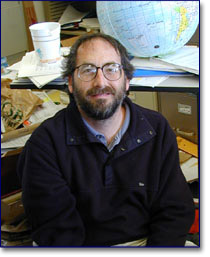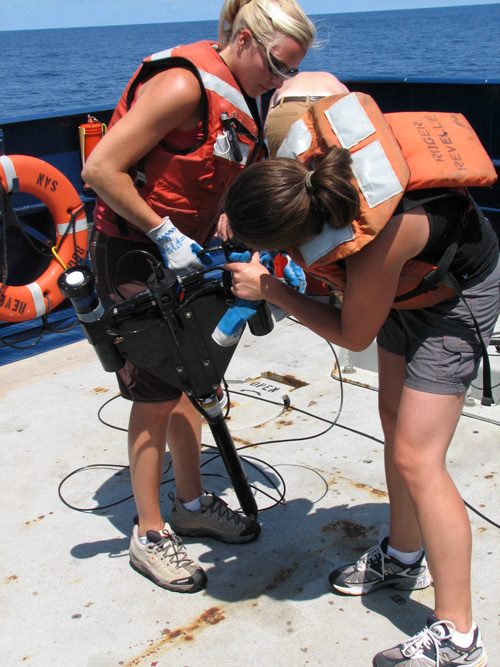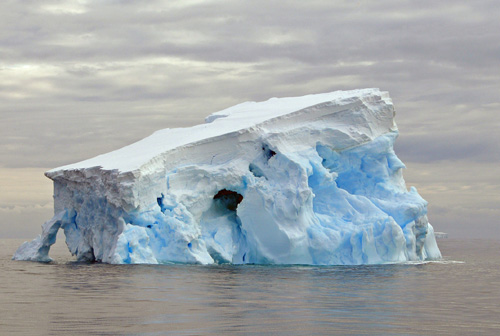Forty-seven faculty members from nine Departments across the UCSB campus participate in the Marine Graduate Program. Professional Researchers and Postdoctoral Scholars associated with The Marine Science Institute, The Institute for Computational Earth Systems Science, and The Institute for Crustal Studies also provide a wealth of contacts, expertise, and opportunities for graduate students in the Marine Sciences. “Areas such as biological, chemical, and physical oceanography, marine optics and remote sensing, marine geology and geophysics, marine biology, paleoceanography, ocean engineering and marine policy are typically pursued by students in this program. Some of our students focus on a particular disciplinary area for their research (e.g. biological oceanography, marine geology, ocean physics, etc.), but seek a broader training in marine science than can be provided within the framework of traditional departmental programs. Others complete interdisciplinary dissertations involving expertise in two or more subdisciplines within marine science” (the Marine Graduate Program web site).
Participating Geography faculty include David Carr, Tommy Dickey, Catherine Gautier, Joel Michaelsen, David Siegel, Raymond Smith, and Libe Washburn (Chair of the Program); faculty that currently advise students in the program are Dickey, Siegel, and Washburn. Eight of the Geography Department’s 84 graduate students are in the Marine Graduate Program, including Kyle Cavanaugh, Timothy Chaffey, Tiho Kostadinov, Chris Melton, Francesco Nenciol, Mary Nishimoto, Chantal Swan, and James Watson.
When asked about her work, Chantal Swan, a Graduate Research Assistant with Professor Dave Siegel, said that she’s working on CDOM dynamics in the global ocean. CDOM is oceanic chromophoric dissolved organic matter, the light absorbing fraction of dissolved organic material in the ocean. The study of CDOM is important because it can be detected from satellite and tends to bias satellite-based estimates of chlorophyll in the ocean, which are in turn used to interpret the ocean’s role in climate change. Furthermore, varying quantities of CDOM may serve as a tracer for water mass subduction and upper ocean circulation, processes which are also directly relevant in the ocean’s ability to reduce greenhouse gas levels. Research on CDOM in the open ocean is relatively new and is a small but important component of understanding our environment. For more on this research, see Dr. Siegel’s web site.
Chantal has a 3-year NASA Earth System Science fellowship that funds tuition and provides a stipend. She notes that “anytime you are able to demonstrate having raised your own money for research, it is helpful for future career opportunities,” and, when contemplating her own experiences, Chantal comments that, as a graduate student, “you should enjoy what you do, otherwise make changes. Your own sense of pride in your research drives progress; recognition is always secondary and unpredictable by nature.” Amen, and congratulations to Chantal.





